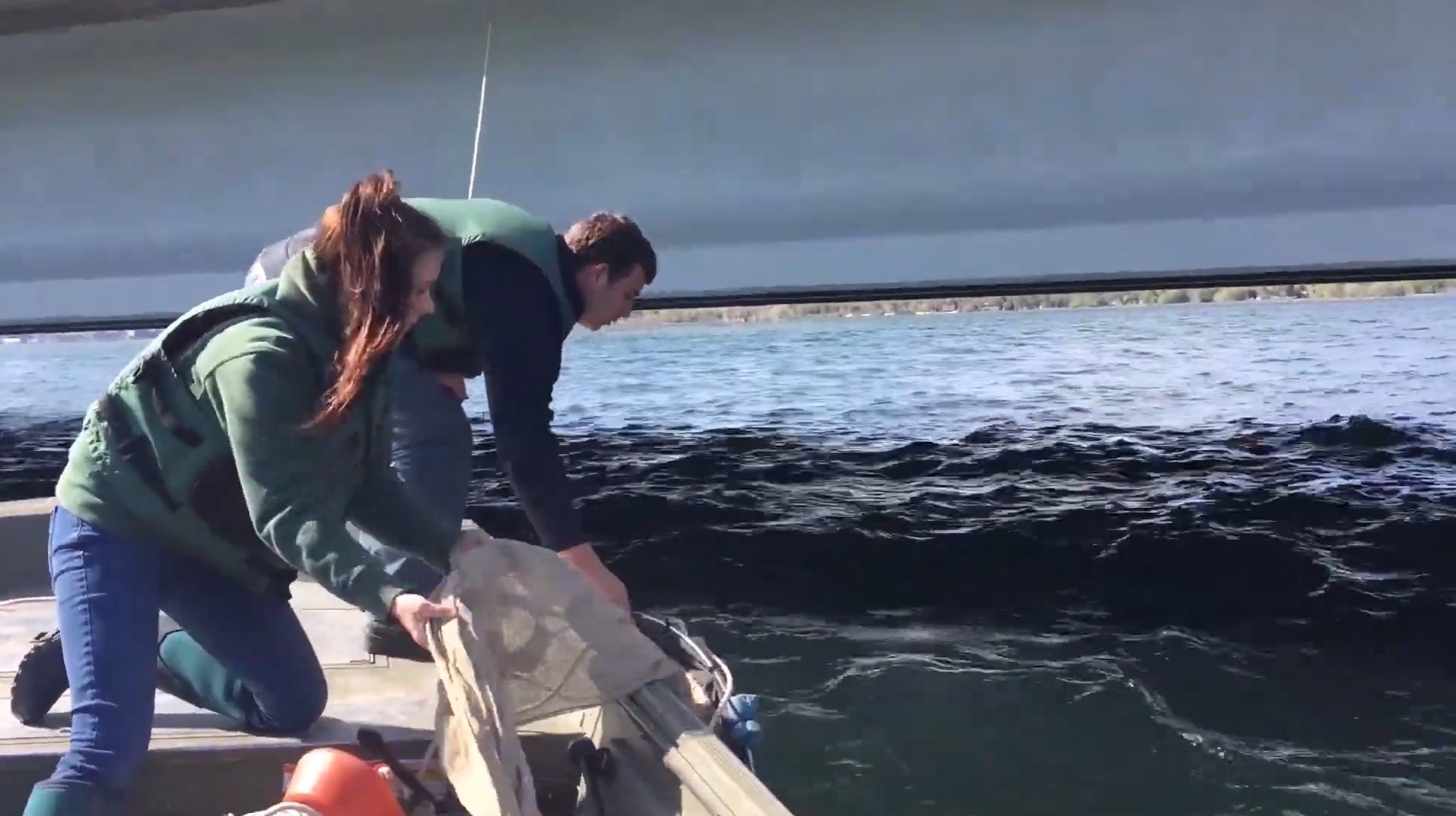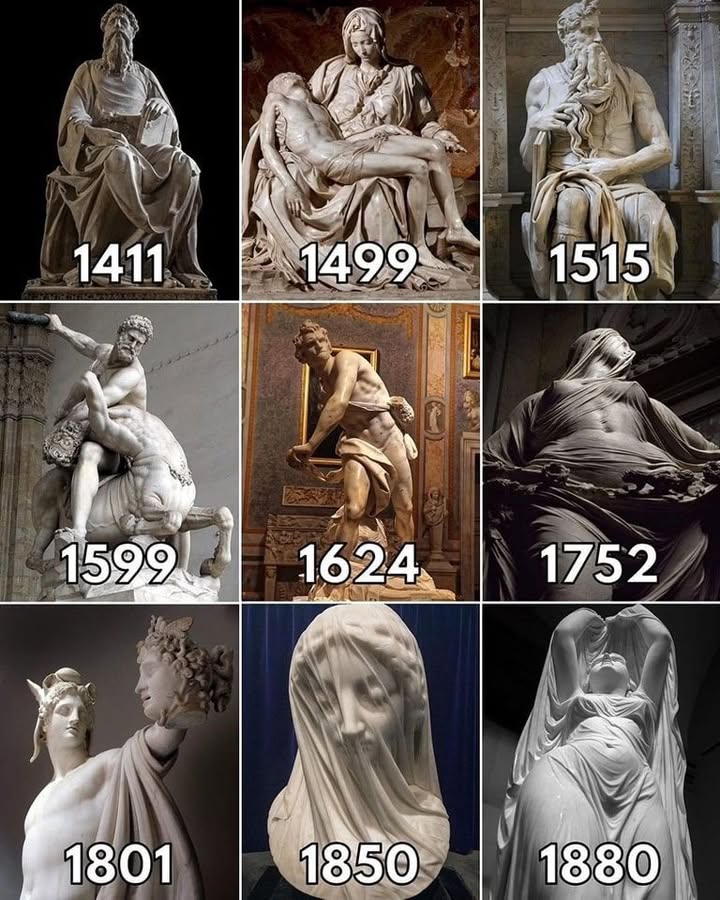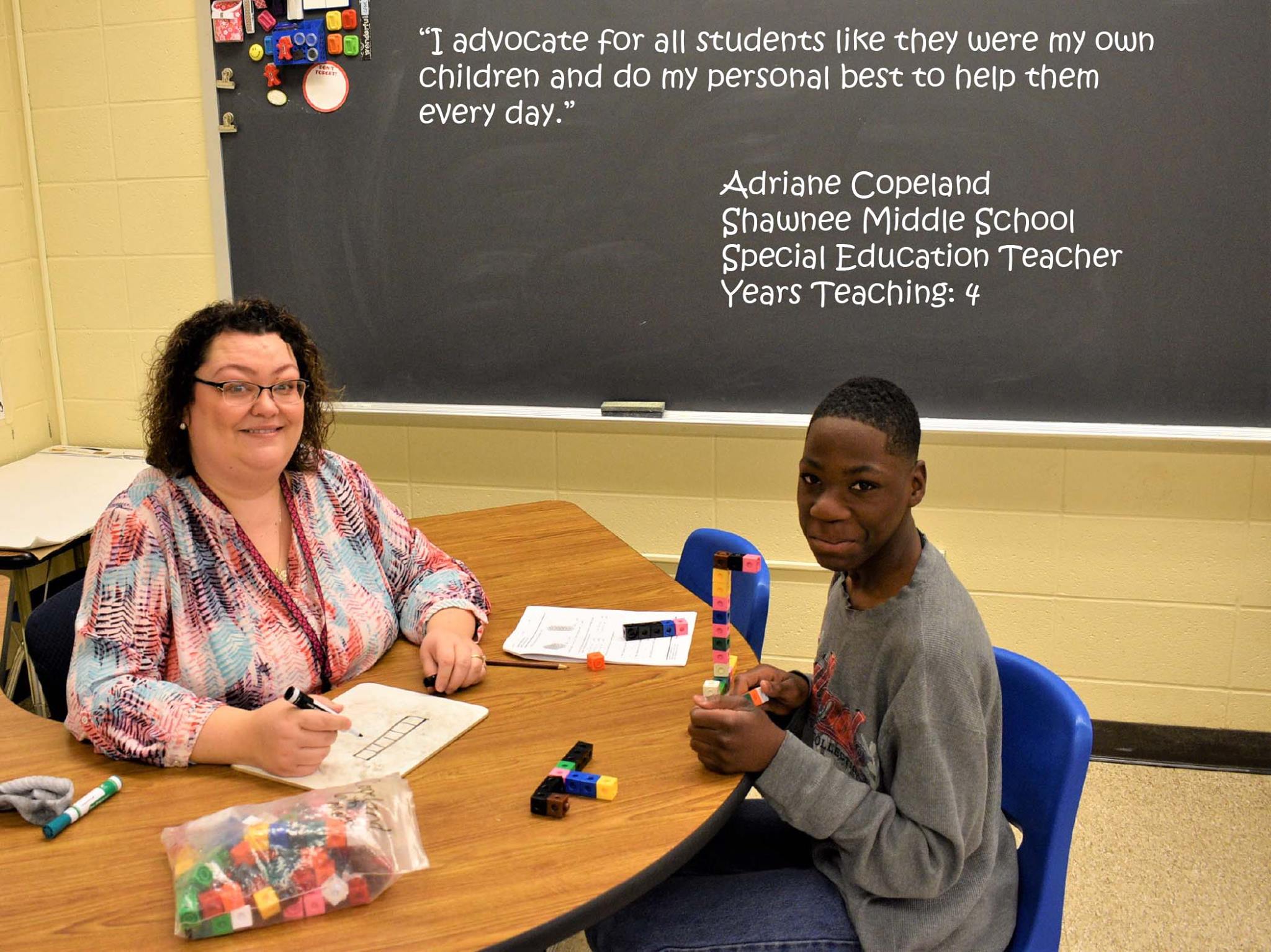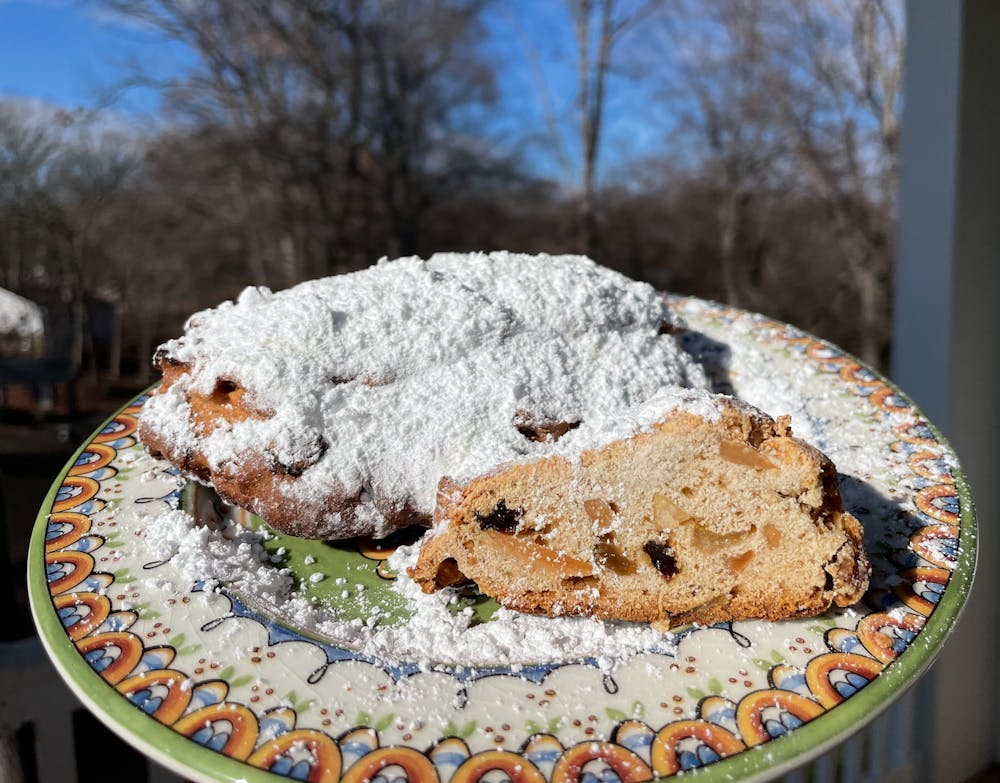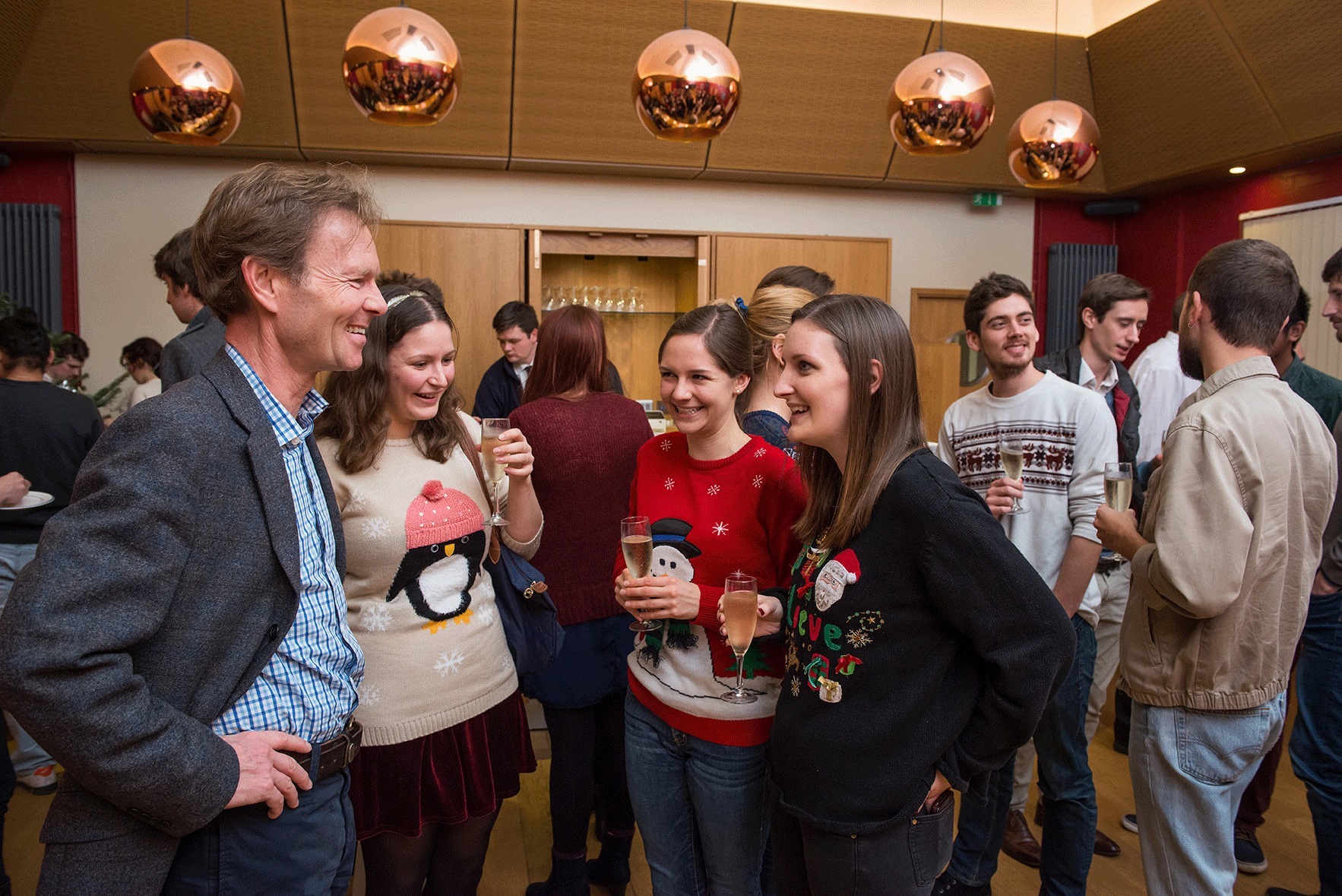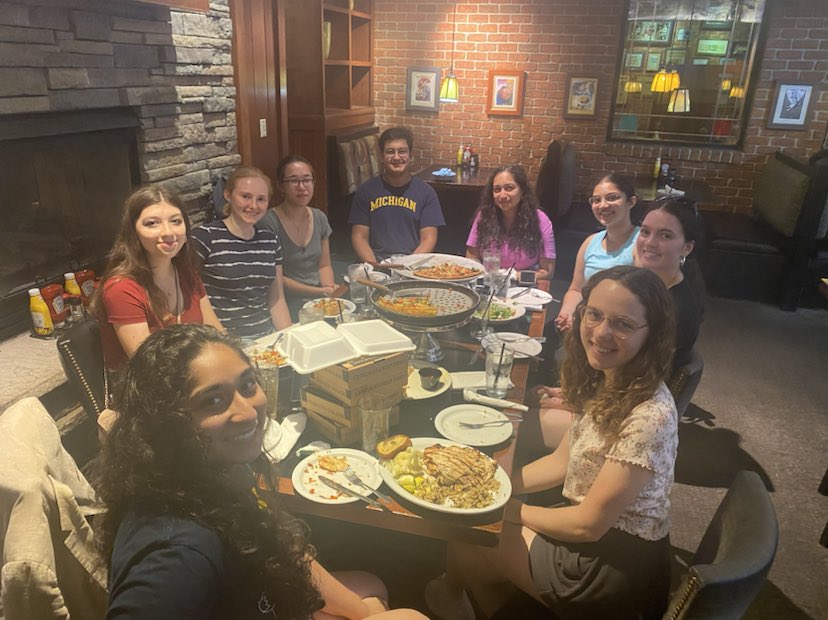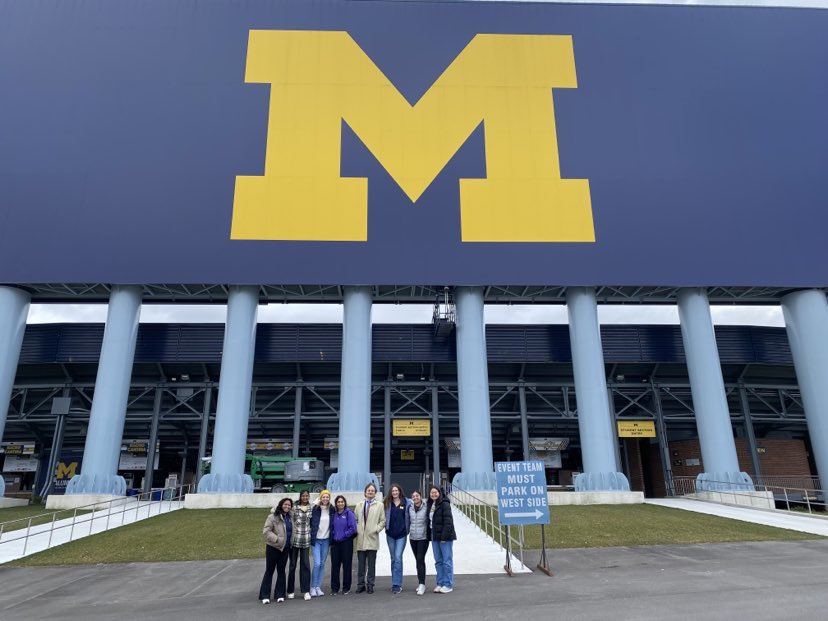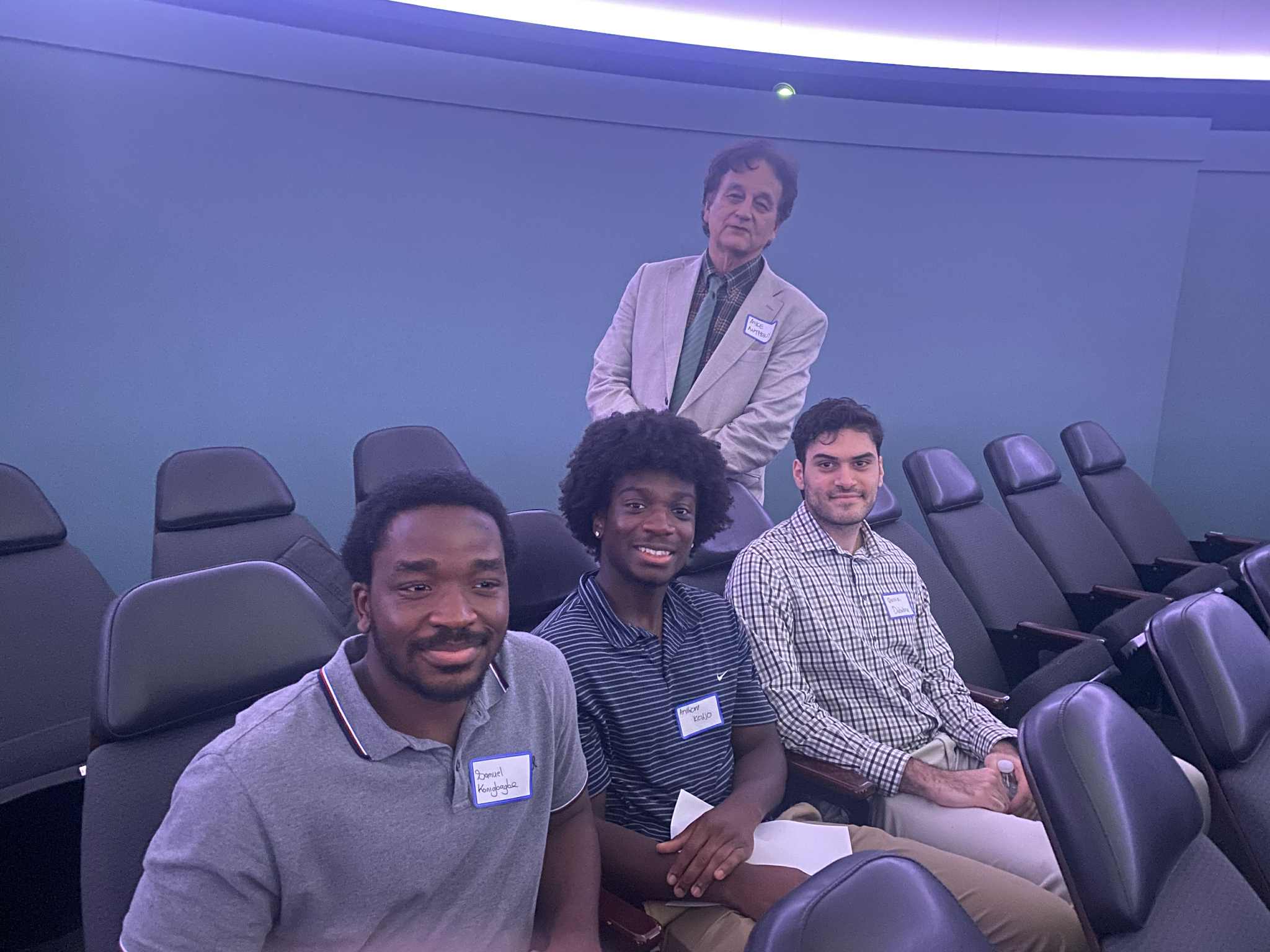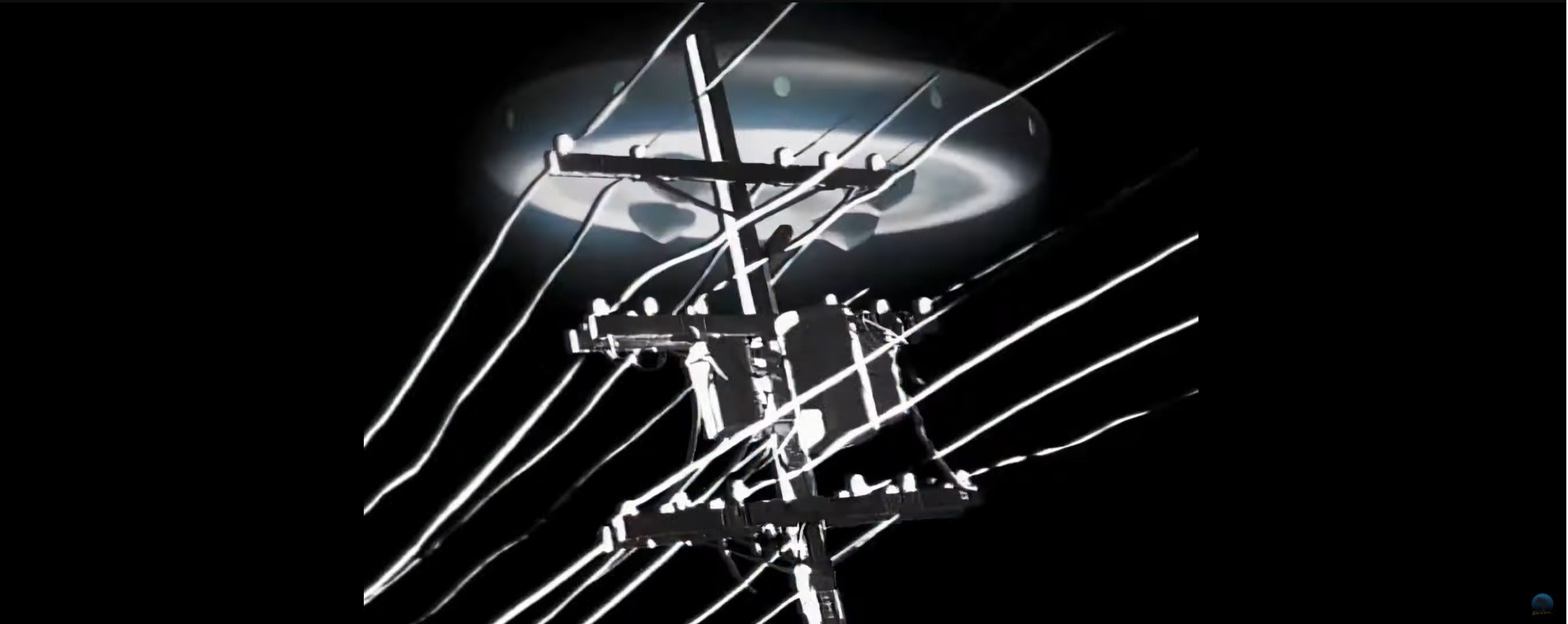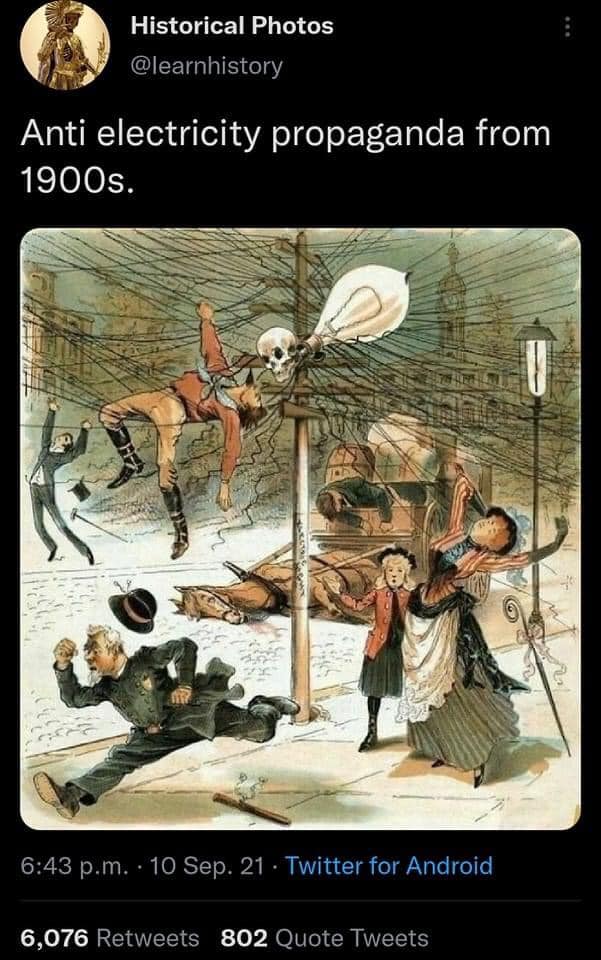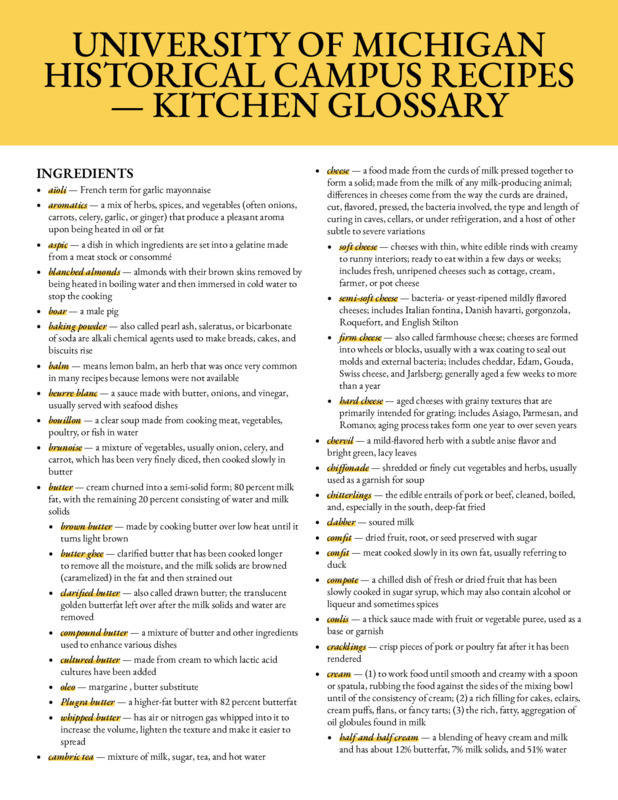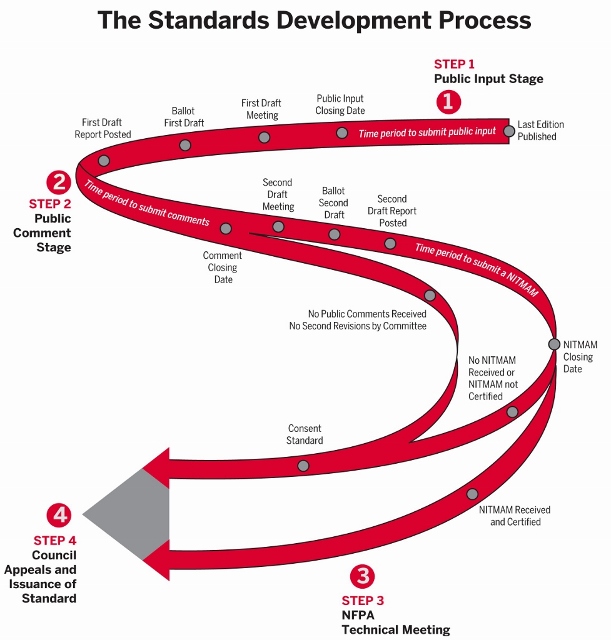Author Archives: mike@standardsmichigan.com
- Home
- Articles posted by mike@standardsmichigan.com

Breads of Christmas: Panettone
University of California Berkeley Net Position 2023-24: $4.380B (Pg. 3)
2021 Physical Design Framework
The word “panettone” has its origins in Italian and can be traced back to the Latin language. The root of “panettone” comes from the Italian word “pane,” which means bread. The diminutive suffix “-etto” is added to “pane” to indicate a smaller or sweetened version of the bread. The word “panettone” can be loosely translated as “small bread” or “sweet bread.”
UCL: Bread predates agriculture by 4,000 years
Noteworthy:
- Traditional Ingredients: Panettone is made from a rich, sweet dough that typically includes ingredients such as flour, butter, eggs, sugar, and candied fruits. It may also contain raisins or other dried fruits.
- Signature Dome Shape: Panettone is known for its distinctive dome shape. The dough is left to rise several times, and the final proofing is done in a cylindrical paper mold, giving it its characteristic tall and round appearance.
- Regional Variations: While panettone is closely associated with Milan, various regions in Italy have their own versions of Christmas bread. For example, in Southern Italy, there’s a similar sweet bread called “Pandoro,” which is often shaped like an eight-pointed star.
- Artisanal and Commercial Production: Panettone can be found in both artisanal bakeries, where traditional methods are often employed, and in commercial production where large-scale quantities are produced for widespread consumption. Artisanal panettone is often prized for its attention to quality and flavor.
What can you become at Berkeley? Whether it’s as a quantum scientist or olympic gymnast — or both — there’s no limit to what you can be at the greatest public university. @Cal @CalAthletics 🐻https://t.co/GMgmoQqDEu pic.twitter.com/VSIfStUDQZ
— UC Berkeley (@UCBerkeley) October 5, 2023
Quadrivium: Winter
Michigan State University Christmas Tree Research
ANSI Standards Action December 12, 2025 | NFPA Standards Council Meeting December 3
Secretary Linda McMahon: Education National Emergency
Inside the tiny Highland school with just two pupils | BBC Scotland News
Intercollegiate Studies Institute: Immigration and the State of Cheating in Universities
Trending | Engagements, Weddings & Births | Sport News | Carillons
100 years ago, the Supreme Court made it clear in Pierce v. Society of Sisters: raising children is the responsibility of parents, not the government.
100 years later, the Trump Administration remains committed to protecting parental rights. pic.twitter.com/yduXdLShty
— Secretary Linda McMahon (@EDSecMcMahon) June 1, 2025
“…O chestnut tree;, great rooted blossomer,
Are you the leaf, the blossom or the bold?
O body swayed to music, O brightening glance,
How can we know the dancer from the dance?”
— Among Schoolchildren, 1933 William Butler Yeats
We sweep through the world’s three major time zones; updating our understanding of the literature at the technical foundation of education community safety and sustainability in those time zones 24 times per day. We generally eschew “over-coding” web pages to sustain speed, revision cadence and richness of content as peak priority. We do not provide a search facility because of copyrights of publishers and time sensitivity of almost everything we do.
Readings:
“The Advancement of Learning” Francis Bacon (1605)
“The Allegory of the Cave” 380 BCE | Plato’s Republic, Book VII
Thucydides: Pericles’ Funeral Oration
IEEE Access: Advanced Deep Learning Models for 6G: Overview, Opportunities, and Challenges | Xidian University
“Albion: The Origins of the English Imagination” (2002) Peter Ackroyd
“Bitcoin: A Peer-to-Peer Electronic Cash System” Satoshi Nakamoto
“Extraordinary Popular Delusions and the Madness of Crowds” (1841) | Charles Mackay
Cognitive Science: An Introduction to the Study of Mind
“Kant’s Categorical Imperative” | Hillsdale College Introduction to Western Philosophy
“The Natural History of Stupidity” (1959) Paul Tabori
“The College Idea: Andrew Delbanco” Lapham’s Quarterly
Distributed Representations of Words and Phrases and their Compositionality | Google, Inc. et, al
Our daily colloquia are typically doing sessions; with non-USA titles receiving priority until 16:00 UTC and all other titles thereafter. We assume policy objectives are established (Safer-Simpler-Lower-Cost, Longer-Lasting). Because we necessarily get into the weeds, and because much of the content is time-sensitive and copyright protected, we usually schedule a separate time slot to hammer on technical specifics so that our response to consultations are meaningful and contribute to the goals of the standards developing organization and to the goals of stewards of education community real assets — typically the largest real asset owned by any US state and about 50 percent of its annual budget.
![]()
1. Leviathan. We track noteworthy legislative proposals in the United States 118th Congress. Not many deal specifically with education community real assets since the relevant legislation is already under administrative control of various Executive Branch Departments such as the Department of Education.
We do not advocate in legislative activity at any level. We respond to public consultations but there it ends.
We track federal legislative action because it provides a stroboscopic view of the moment — the “national conversation”– in communities that are simultaneously a business and a culture. Even though more than 90 percent of such proposals are at the mercy of the party leadership the process does enlighten the strengths and weakness of a governance system run entirely through the counties on the periphery of Washington D.C. It is impossible to solve technical problems in facilities without sensitivity to the zietgeist that has accelerated in education communities everywhere.
Michigan can 100% water and feed itself. Agriculture is its second-largest industry.
2. National Institute of Standards and Technology (NIST)
3. American National Standards Institute (ANSI)
4. Fast Forward
5. Rewind
6. Corrigenda
“The world will never starve for want of wonders;
but only for want of wonder.”
Christmas Bread & “Liberty Teas”
“Having visited my great grandmother, Omi, in Germany multiple times growing up, I’ve always had a special connection to German baked goods. While I have yet to find the perfect German pretzel in the U.S. or a recipe that yields a decent replica, I have discovered that stollen — a traditional German Christmas bread — is relatively easy to recreate in my own kitchen.” — Alison Tashima, Class of 2024
More:
Thomas Jefferson’s Masterpiece
Thomas Jefferson & the University of Virginia
University of Virginia Financial Report: 2023 Net Position $12.580B
University of Virginia Capital Construction & Renovations
Mince Pie & Tea
BSI Group: Consumer, Retail & Food Standards
Higher Education (Freedom of Speech) Act 2023
This British festive pastry has origins dating back to the 13th century when European Crusaders returned from the Middle East with recipes containing meats, fruits, and spices. These early pies, known as “mincemeat pies,” combined minced meat (usually mutton), suet, fruits, and spices such as cinnamon, cloves, and nutmeg, symbolizing the gifts of the Magi. In the 16th century, the pies were rectangular, representing Jesus’ crib.
Over time, the meat content reduced, and by the Victorian era, the recipe had evolved to primarily include dried fruits, suet, and spices, aligning with the modern version of the mince pie. Traditionally enjoyed during the Christmas season, mince pies are now small, round pastries filled with a mixture called mincemeat, which typically contains no meat but a blend of dried fruits, sugar, spices, and sometimes brandy or other spirits.
Good luck to all candidates doing their Oxford interviews over the next couple of weeks 🤞
📷 Instagram | Juncao_Oxford#ApplyingToOxford pic.twitter.com/sqj0LpKdgD
— University of Oxford (@UniofOxford) December 9, 2024
Last night, after a 3 year break, we were delighted to once again host our Festive Networking Drinks 🎄 in person, at the Oxford & Cambridge Club, London.
We had a great turn out with almost 60 fellows, students & alumni braving the cold to socialise & network with their peers. pic.twitter.com/WX7aVskMsi— Kellogg College, University of Oxford (@KelloggOx) December 14, 2022
Current Issues & Recent Research
“The day science begins to study non-physical phenomena,
it will make more progress in one decade
than in all the previous centuries of existence.”
|
|
IEEE SEM Student Activity 2025
IEEE Education & Healthcare Facilities Committee December 9 Minutes
Electrical Power System Research
NFPA Electrical Standards Landing Page Ω NFPA Standards Council Ω NFPA Fire Safety Landing Page
ASHRAE Landing Page | Soon: ASTM Electrical & Telecommunication Standard Development
Draft IEEE Paper Abstracts | Mike Anthony Short Biography | Electrical Industrial Conglomerates
We examine the proposals for the 2028 National Electrical Safety Code; including our own. The 2026 National Electrical Code where sit on CMP-15 overseeing health care facility electrical issues should be released any day now. We have one proposal on the agenda of the International Code Council’s Group B Committee Action Hearings in Cleveland in October. Balloting on the next IEEE Gold Book on reliability should begin.
Policy:
OUTERNET: Crossing over data gap using cubesats
Department of Energy Portfolio Analysis & Management System
Department of Energy Building Technologies Office
FERC Open Meetings | (Note that these ~60 minute sessions meet Sunshine Act requirements. Our interest lies one or two levels deeper into the technicals underlying the administrivia)
| Federal Energy Regulatory Commission | Federal Communication Commission | Michigan Public Service Commission |
| August 7 Open Meeting | ||
| July 24 Open Meeting | July 25 Open Meeting | |
| June 16 Open Meeting | January 22: Newly Appointed FCC Chairman Announces Staff Changes | June 12 Open Meeting |
| May 15 Open Meeting | May 15 Open Meeting | |
| April 17 Open Meeting | April 24 Open Meeting | |
| March 20 Open Meeting | ||
| February 20 FERC Open Meeting | March 3 Open Meeting | |
| January 16 FERC Press Conference | February 27, 2025 Open Meeting | |
January 23: NARUC Congratulates New FERC, FCC and NRC Chairs
January 22: Newly Appointed FCC Chairman Announces Staff Changes | Related: Falsus in uno, Falsus in omnibus
January 6: City of Ann Arbor Postpones Phase II Study to Municipalize DTE Energy distribution grid
January 27, 10 AM Low-Income Energy Policy Board Meeting: Michigan Public Service commission
Federal Energy Regulatory Commission: January 16, 2025 Open Meeting
Federal Energy Regulatory Commission Notice of Request for Comments (Posted November 25, 2024)
Federal Energy Regulatory Commission | November 21, Open Meeting
Michigan Public Service Commission Meetings
Michigan Public Commission Meeting February 27, 2025
MPSC DTE CMS Electric Power Reliability Case No. U-21305
Michigan Electrical Administrative Board Meeting February 13, 2025
FCC Open Meeting | November 21
Technical: (Also Electrical Power System Research)
Empower Pre-Trained Large Language Models for Building-Level Load Forecasting
Uptime Institute (via NEXT DC) : AI Inference in the Data Center
Majorana Nanowires for Topological Quantum Computing
Linearized Data Center Workload and Cooling Management
Oxford Researchers Discovered How to Use AI To Learn Like A Genius
Lex Fridman: DeepSeek, China, OpenAI, NVIDIA, xAI, TSMC, Stargate, and AI Megaclusters
IEEE: Experts Weigh in on $500B Stargate Project for AI
IEEE: AI Mistakes Are Very Different Than Human Mistakes . We need new security systems designed to deal with their weirdness
High-Performance Tensor Learning Primitives Using GPU Tensor Cores
Department of Electrical Engineering, Columbia University, New York
Department of Electrical Engineering, National Taiwan University of Science and Technology, Taipei City, Taiwan
First Draft Proposals contain most of our proposals — and most new (original) content. We will keep the transcripts linked below but will migrate them to a new page starting 2025:
2026 NEC Standards Michigan proposals | Public Input Report CMP-1
2026 NEC Standards Michigan proposals | Public Input Report CMP-2
2026 NEC Standards Michigan proposals | Public Input Report CMP-4
2026 NEC Standards Michigan proposals | Public Input Report CMP-5
2026 NEC Standards Michigan proposals | Public Input Report CMP-10
2026 NEC Standards Michigan proposals | Public Input Report CMP-11
2026 NEC Standards Michigan proposals | Public Input Report CMP-12
2026 NEC Standards Michigan proposals | Public Input Report CMP-13
2026 NEC Standards Michigan proposals | Public Input Report CMP-15
2026 NEC Standards Michigan proposals | Public Input Report CMP-16
2026 NEC Standards Michigan proposals | Public Input Report CMP-18
Related:
N.B. We are in the process of migrating electric power system research to the Institute of Electrical and Electronics Engineers bibliographic format.
Recap of the May meetings of the Industrial & Commercial Power Systems Conference in Las Vegas. The conference ended the day before the beginning of the 3-day Memorial Day weekend in the United States so we’re pressed for time; given all that happened.
We can use our last meeting’s agenda to refresh the status of the issues.
IEEE E&H Draft Agenda 28 May 2024
On site conference agenda:
IEEE E&H Conference Agenda 21 May 2024
We typically break down our discussion into the topics listed below:
Codes & Standards:
While IAS/I&CPS has directed votes on the NEC; Mike is the only I&CPS member who is actually submitting proposals and responses to codes and standards developers to the more dominant SDO’s — International Code Council, ASHRAE International, UL, ASTM International, IEC & ISO. Mike maintains his offer to train the next generation of “code writers and vote getters”
Performance-based building premises feeder design has been proposed for the better part of ten NEC revision cycles. The objective of these proposals is to reduce material, labor and energy waste owed to the branch and feeder sizing rules that are prescriptive in Articles 210-235. Our work in service and lighting branch circuit design has been largely successful. A great deal of building interior power chain involves feeders — the network upstream from branch circuit panels but down stream from building service panel.
Our history of advocating for developing this approach, inspired by the NFPA 101 Guide to Alternative Approaches to Life Safety, and recounted in recent proposals for installing performance-based electrical feeder design into the International Building Code, appears in the link below:
Access to this draft paper for presentation at any conference that will receive it — NFPA, ICC or IEEE (or even ASHRAE) will be available for review at the link below:
Toward Performance-Based Building Premise Feeder Design
NFPA 110 Definitions of Public Utility v. Merchant Utility
NFPA 72 “Definition of Dormitory Suite” and related proposals
Buildings:
Renovation economics, Smart contracts in electrical construction. UMich leadership in aluminum wiring statements in the NEC should be used to reduce wiring costs.
Copper can’t be mined fast enough to electrify the United States
Daleep asked Mike to do a Case Study session on the NEC lighting power density change (NEC 220-14) for the IAS Annual Meeting in October. Mike agreed.
Exterior Campus & Distribution:
Illumination. Gary Fox reported that IEEE 3001.9 was endorsed as an ANSI accredited standard for illumination systems.
2024-ICPSD24-0012 PERMANENT DESIGN OF POWER SYSTEMS Parise
This paper details primary considerations in estimating the life cycle of a campus medium voltage distribution grid. Some colleges and universities are selling their entire power grid to private companies. Mike has been following these transactions but cannot do it alone.
Variable Architecture Multi-Island Microgrids
District energy:
Generator stator winding failures and implications upon insurance premiums. David Shipp and Sergio Panetta. Mike suggests more coverage of retro-fit and lapsed life cycle technicals for insurance companies setting premiums.
Reliability:
Bob Arno’s leadership in updating the Gold Book.
Mike will expand the sample set in Table 10-35, page 293 from the <75 data points in the 1975 survey to >1000 data points. Bob will set up meeting with Peyton at US Army Corps of Engineers.
Reliability of merchant utility distribution systems remains pretty much a local matter. The 2023 Edition of the NESC shows modest improvement in the vocabulary of reliability concepts. For the 2028 Edition Mike submitted several proposals to at least reference IEEE titles in the distribution reliability domain. It seems odd (at least to Mike) that the NESC committees do not even reference IEEE technical literature such as Bob’s Gold Book which has been active for decades. Mike will continue to propose changes in other standards catalogs — such as ASTM, ASHRAE and ICC — which may be more responsive to best practice assertions. Ultimately, improvements will require state public utility commission regulations — and we support increases in tariffs so that utilities can afford these improvements.
Mike needs help from IEEE Piscataway on standard WordPress theme limitations for the data collection platform.
Mike will update the campus power outage database.
Healthcare:
Giuseppe Parise’s recent work in Italian power grid to its hospitals, given its elevated earthquake risk. Mike’s review of Giuseppe’s paper:
Harvard Business School: Journal of Healthcare Management Standards
Mike and David Shipp will prepare a position paper for the Harvard Healthcare Management Journal on reliability advantages of impedance grounding for the larger systems.
The Internet of Bodies
Forensics:
Giuseppe’s session was noteworthy for illuminating the similarity and differences between the Italian and US legal system in handling electrotechnology issues.
Mike will restock the committee’s library of lawsuits transactions.
Ports:
Giuseppe updates on the energy and security issues of international ports. Mike limits his time in this committee even though the State of Michigan has the most fresh water international ports in the world.
A PROPOSED GUIDE FOR THE ENERGY PLAN AND ELECTRICAL INFRASTRUCTURE OF A PORT
Other:
Proposals to the 2028 National Electrical Safety Code: Accepted Best Practice, exterior switchgear guarding, scope expansion into ICC and ASHRAE catalog,
Apparently both the Dot Standards and the Color Books will continue parallel development. Only the Gold Book is being updated; led by Bob Arno. Mike admitted confusion but reminded everyone that any references to IEEE best practice literature in the NFPA catalog, was installed Mike himself (who would like some backup help)
Papers in Process:
Impedance Grounding Papers 1 and 2 with David Shipp. Previous Discussion:
https://ieeetv.ieee.org/channels/ieee-region-events/uc-berkeley-s-medium-voltage-grounding-system
Over Coffee and Beers:
Mike assured Christel Hunter (General Cable) that his proposals for reducing the 180 VA per-outlet requirements, and the performance-base design allowance for building interior feeders do not violate the results of the Neher-McGrath calculation used for conductor sizing. All insulation and conducting material thermal limits are unaffected.
Other informal discussions centered on the rising cost of copper wiring and the implications for the global electrotechnical transformation involving the build out of quantum computing and autonomous vehicles. Few expressed optimism that government ambitions for the same could be met in any practical way.
Are students avoiding use of Chat GPT for energy conservation reasons? Mike will be breaking out this topic for a dedicated standards inquiry session:
Workspace IEEE 1366: Guide for Electric Power Distribution Reliability Indices
Largest U.S. Electric Utility Companies Ranked by Generation Capacity For IEEE 493 update we seek outage data from the 100 largest campus power system experts.
Makowiec
Makowiec is a poppy seed roll evolving from East European baking tradition that is commonly served during the Christmas season. It is a sweet pastry filled with a mixture of ground poppy seeds, honey, nuts, and sometimes raisins. The roll is often braided or shaped into a log and can be dusted with powdered sugar.
University of Michigan Slavic Languages and Literatures: Polish
Anna’s Food Blog: Polish Your Kitchen
Related:
Two square miles: The Evolution of Hamtramck as “Little Poland”
Womb Army: “How Hamtramck, a small town within Detroit, became America’s first Muslim-majority city”
How Hamtramck, a small town within Detroit, became America’s first Muslim-majority city https://t.co/62HOvETkUd
— Detroit Free Press (@freep) May 27, 2025
All That Remains:
2029 National Electrical Code Panel 3
Brown University Electrical Design Criteria | Information Technology Resources Policy
The University of Michigan has supported the voice of the United States education facility industry since 1993 — the second longest tenure of any voice in the United States. That voice has survived several organizational changes but remains intact and will continue its Safer-Simpler-Lower Cost-Longer Lasting priorities on Code Panel 3 in the 2029 Edition.
Today, during our customary “Open Door” teleconference we will examine the technical concepts under the purview of Code Panel 3; among them:
Article 206 Signaling Circuits
Article 300 General Requirements for Wiring Methods and Materials
Article 335 Instrumentation Tray Cable
Article 590 Temporary Installations
Chapter 7 Large sections of limited energy cabling for signaling and information technology
Chapter 9 Conductor Properties Tables 11A & B, Tables 12A&B
Public Input on the 2029 Edition will be received until April 9, 2026.
- Since the lifespan of educational buildings make the building core and shell susceptible to multiple changes not typically associated with commercial buildings, additional pathways should be placed in areas where the core and shell components of the facility are likely to re-main for extended periods of time
- It is recommended that all areas of an educational building have wireless coverage unless prohibited
New update alert! The 2022 update to the Trademark Assignment Dataset is now available online. Find 1.29 million trademark assignments, involving 2.28 million unique trademark properties issued by the USPTO between March 1952 and January 2023: https://t.co/njrDAbSpwB pic.twitter.com/GkAXrHoQ9T
— USPTO (@uspto) July 13, 2023
Standards Michigan Group, LLC
2723 South State Street | Suite 150
Ann Arbor, MI 48104 USA
888-746-3670






